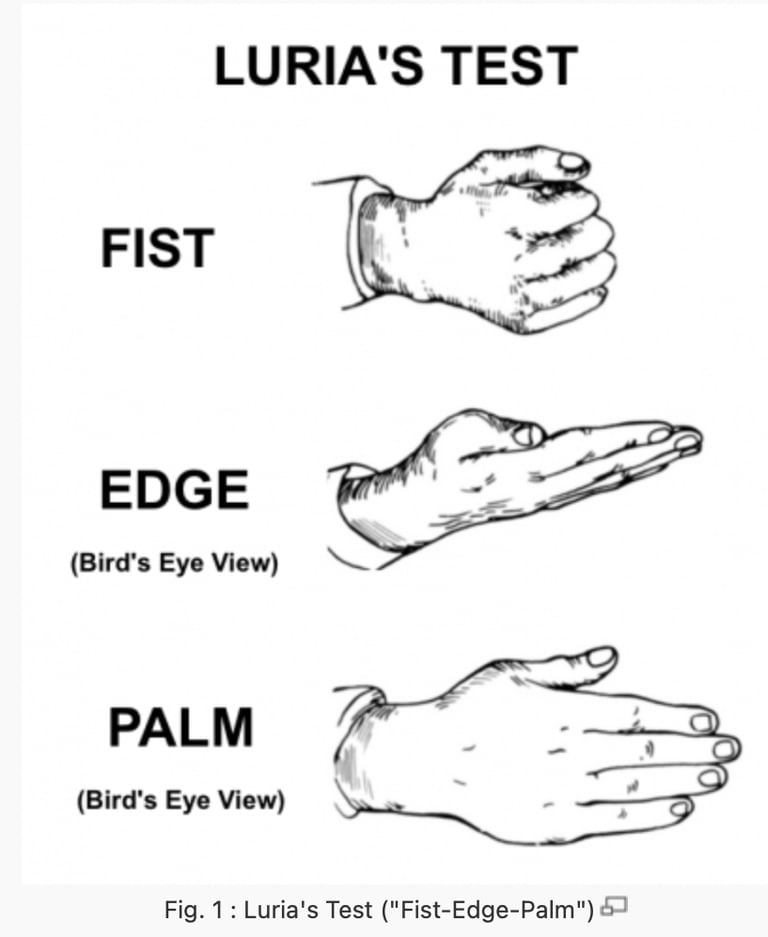Executive Function
Executive function is an umbrella term which describes our skillset in future-focussed planning: how we manage our personal resources (time and energy), how we take stock of what's going on, estimating what might be required of us, monitoring what's available and keeping our body and its reactions in check. It is often divided into hot and cool functions which support us to manage our emotional responses and keep us focussed on the task at hand.
Executive function is very significant in life outcomes and therefore it is a critical area to better understand and support.



This section relates to Chapter 7
NCIM Action Point 7.1:
Social and Economic Risk Factors
Risk Factors which can impact on executive function:
Children born in the last four months of the academic year
Premature birth
Children who have been in foster care or adopted
Children of parents who are experiencing serious chronic physical or mental health conditions
Female
Identified safeguarding risks
Social Care involvement
Single parent families, especially young mothers
Multi-lingual learners
Black, minority ethnic, Gypsy Roma Traveller origin
Challenging behaviours, at risk of exclusion
Withdrawn behaviours
Longer term medical conditions
Low socioeconomic status
The research in executive function development is uncomfortable to read at times and is definitely an area which needs critical review and further, more nuanced research into the intersectionality of factors which can affect its development.
The factors listed below are not a commentary on the value of someone's personal characteristics, but simply a list of factors which may affect the development of a child's executive function. It can be helpful to consider the number of visible and invisible barriers which might be affecting a child or young person, so when you think about next steps, you can consider a holistic and wide-reaching approach to supporting their progress.
NCIM Action Point 7.2:
Working Memory (Updating)
The Turner Ridsdale Working Memory Test:
Although this hasn't been standardised for a while, it is very useful!
Luria's Visuomotor Sequencing Test:
With fingers fully extended and the pupil following, make the 3 following motions in sequence, and ask the pupil to follow along:
Make a fist with the right hand
Then make a chopping/cutting motion with the right hand, with the edge of the hand hitting your knee or on a table (i.e. - “Karate Chop!”)
Then put your palm down with fingers extended
You and the pupil then repeat this motion together 3 more times. The hand motions can be reinforced by counting from 1 to 3 along with each segment, or by saying “cut, fist, and slap.” Pupils are then asked to repeat these sequence of movements unguided six times in two different cycles. Firstly, at their own pace. Then at 60bpm.
How to score:
Pupil gets all six correct alone = 3 points
Pupil gets three correct alone = 2 points
Pupil gets three correct with you = 1 point
Pupil cannot do three correct with you = 0 points


NCIM Action Point 7.3:
Impulsivity (Inhibition)
The Go, No-Go Test:
Tell the pupil: “Tap once when I tap once.”
To be sure that the pupil has understood the instruction, do a series of 3 trial runs first:
1-1–1
Tell the pupil: “Do not tap when I tap twice.”
To be sure that the patient has understood the instruction, do a series of 3 trial runs first:
2-2–2
Now perform the actual following series:
1–1–2–1–2–2–2–1–1–2
How to score:
Pupil makes no errors = 3 points
Pupil one or two errors = 2 points
Pupil makes three or more errors = 1 point
Pupil copies you rather than understanding the demands of the test = 0 points
The University of Utah - Colour Stroop Test:
The Stroop Test is a measure of working memory and attention. When the colors and words are conflicting, the brain must work hard to filter out competing signals. Reading is such an automatic task that the brain needs to actively inhibit it and direct its attention instead to saying the colour of the letters. The resulting delay is called the Stroop Effect. Have a go!
Pupil Observation form:
Download these for free as part of the Get Started pack when you sign up for our monthly newsletter (below).
NCIM Action Point 7.4:
Shift (Inflexibility)
Strengths and Difficulties Questionnaires:
The SDQ does not just measure Shift. It is an overall assessment of psychosocial strengths and difficulties. However, it is very relevant when considering shift. Have a look at their website for more detailed information.
Pupil Observation form:
Download these for free as part of the Get Started pack when you sign up for our monthly newsletter (below).

© 2025. All rights reserved.
Subscribe to the NCIMNCMO community & access the free Get Started files today!
By submitting, I am agreeing to the Terms of Use and Privacy Policy.
All advice on this website, including links to external websites, is provided in good faith to help and support you in developing an effective screening process in your setting. It is not intended as a complete substitute for specialist advice for an individual so we encourage you to seek expert guidance if you are concerned about a child or young person. For more information, please read our full Disclaimer here.
